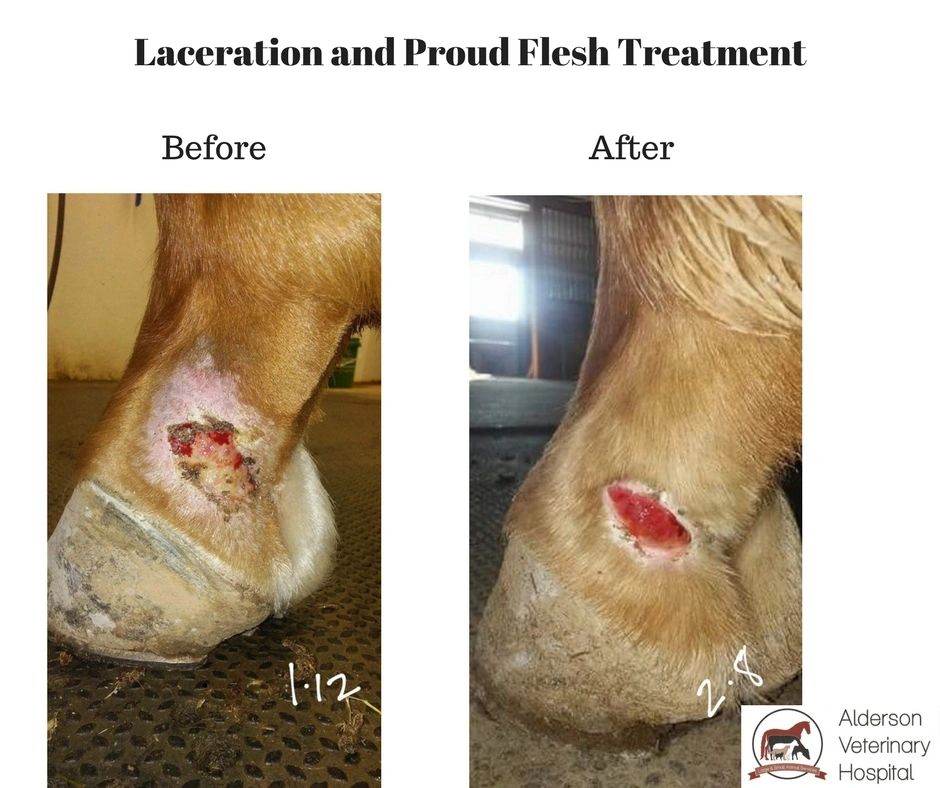Discovering the Holistic Strategy of Equine Therapy for Individual Development
Discovering the Holistic Strategy of Equine Therapy for Individual Development
Blog Article
Assessing the Efficiency of Laser Treatment in Equine Treatment for Injury Rehab
The analysis of laser therapy's efficiency in equine injury rehab hinges on several elements, including recovery time, pain reduction, and tissue regeneration. Veterinarians frequently observe superior end results with laser treatment contrasted to traditional methods, placing it as a vital element in equine care.
Understanding Laser Treatment
Laser treatment has actually ended up being a critical tool in vet medicine, specifically in the treatment of equine conditions. Known for its non-invasive nature and efficiency, laser treatment includes the application of specific wavelengths of light to boost cells repair and lower swelling. This restorative modality is significantly preferred for its ability to accelerate the healing procedure in equines struggling with a selection of musculoskeletal injuries and chronic problems.
The main device behind laser treatment is its ability to improve mobile features. Additionally, laser therapy advertises vasodilation, boosting blood circulation and oxygen distribution to damaged tissues, hence expediting recovery.
In equine medicine, laser therapy is especially beneficial for conditions such as tendonitis, osteoarthritis, and injury recovery. The strategy is lauded for its pain-relieving residential or commercial properties, enabling equines to reclaim flexibility and feature more rapidly. Veterinarians also appreciate its very little side impacts compared to other treatment techniques, making it a trusted and secure choice for equine care.

Exactly How Laser Therapy Functions

Upon absorption, these photons activate a series of biochemical changes, enhancing mitochondrial feature and causing enhanced adenosine triphosphate (ATP) manufacturing. This surge in ATP speeds up mobile metabolic rate, promoting cells fixing and regeneration. Additionally, laser treatment modulates inflammatory feedbacks by impacting cytokine levels and lowering oxidative anxiety, thereby reducing discomfort and swelling.
One more substantial element of laser therapy is its function in enhancing microcirculation. The treatment promotes vasodilation, enhancing blood flow and oxygen shipment to broken tissues (Equine Therapy). This promotes the removal of mobile debris and sustains the proliferation of fibroblasts and collagen synthesis, vital for injury healing
Clinical Evidence
The efficacy of laser therapy in equine treatment has been validated through different medical research studies, showcasing its restorative prospective throughout a variety of conditions. A research study carried out by Turner et al. (2012) demonstrated that equines treated with low-level laser therapy (LLLT) for tendon injuries exhibited accelerated healing compared to those receiving standard therapies.
In a similar way, study by Johnson and coworkers (2015) focused on equine muscle injuries, revealing that laser treatment significantly quickened muscular tissue fiber regrowth and minimized muscle mass tightness. These searchings for were affirmed by histological evaluations showing improved muscle mass cells company. Additionally, medical assessments have actually revealed that laser therapy can alleviate persistent problems such as osteoarthritis. A study by Smith et al. (2018) reported that steeds with osteoarthritic joints experienced significant pain alleviation and enhanced variety of activity complying with a regimen of laser treatment sessions.
Veterinarian Insights

Vets additionally value the versatility of laser therapy. It can be employed for a vast array of conditions, from shallow wounds to deeper musculoskeletal injuries. Dr. Emily Brown highlights visit this website its utility in treating conditions like tendonitis and osteoarthritis, where conventional therapies frequently fall short. She mentions that laser therapy can be tailored to the specific demands of each steed, ensuring optimum end results.
Furthermore, veterinarians value the ability to integrate laser treatment with various other therapy modalities. This multimodal approach can enhance total therapy efficiency, offering a comprehensive remedy for equine rehab. Such endorsements from seasoned specialists emphasize the expanding approval and application of laser treatment in equine medicine.
Practical Considerations
A key facet of applying laser therapy in equine treatment entails comprehending the practical factors to consider that ensure its efficiency and safety and security. It is click to investigate critical to choose the appropriate laser gadget, as various kinds vary in wavelength, power, and penetration deepness. Veterinarians have to be skilled in these criteria to customize treatment procedures effectively per injury type
Additionally, the frequency and duration of laser treatment sessions need cautious preparation to make the most of healing benefits while decreasing any prospective damaging effects. Regular monitoring of the steed's response to treatment can assist essential changes in the treatment regimen. Establishing a risk-free and regulated setting during treatments is likewise important to prevent unintentional direct exposure to laser discharges, which can damage both the horse and the handler.
Training and accreditation of workers providing laser treatment are extremely important to make certain proper strategy and to maintain security criteria. In addition, keeping exact documents of each session, consisting of laser setups and observed results, is crucial for examining the general efficiency of the therapy and for making data-driven decisions.
Final Thought
Laser therapy has emerged as an effective modality in equine injury recovery, supplying significant advantages in healing time, pain alleviation, and tissue healing. Professional studies underscore substantial improvements in conditions such as tendonitis and osteo arthritis, credited to boosted cellular feature and increased ATP manufacturing. Veterinarian monitorings affirm these findings, highlighting premium end results contrasted to traditional treatments. For optimum outcomes, constant monitoring and individualized therapy procedures remain important in leveraging the complete capacity of laser therapy in equine treatment.
Report this page